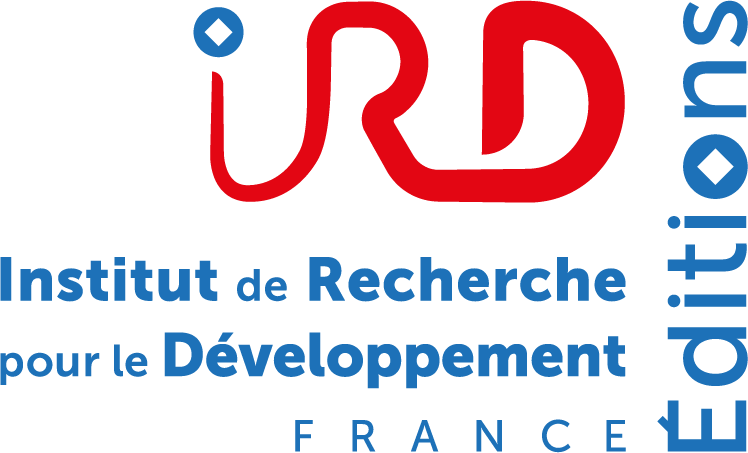GrassLandScape.
Under the FACCE-JPI ERA-NET Plus action “Climate Smart Agriculture: Adaptation of agricultural systems in Europe” co-funded by the European Commission
In the next decades, grasslands as important ecosystems and basis of dairy and meat production are likely to experience damages and subsequent production losses due to changing climate. Recent events (e.g. severe drought in Western Europe in 2003) highlighted an insufficient capacity in local populations of grassland species to cope with unusual climatic events. However, most grassland species show large ecotype diversity over wide environmental ranges. This large ecotype diversity could be used to recombine natural climatic adaptations and value for services to create improved populations of grassland species adapted to the foreseen future regional climates. To implement this strategy, it is necessary to have extended knowledge of the adaptive diversity existing in grassland species.
This project will use an innovative methodological frame (Landscape genomics) to screen the natural diversity of perennial ryegrass in order to discover genetic variability involved in environmental adaptation, and more specifically in climatic adaptation. The landscape genomics approach is based on the combined use of methods correlating genomic polymorphisms and environmental variations at sites of origin of genotypes and of tests of signature of selection. To implement this frame, the consortium will use a genotyping method based on massively parallel sequencing technology applied to 550 populations of perennial ryegrass sampled across the whole area of primary expansion of this species (Europe, Northern Africa and Near East). These populations will be taken out from genebanks of plant breeding institutes or collected in situ across Europe. The genotyping protocol is expected to deliver several tens thousands of polymorphic sites along perennial ryegrass genome. Populations will be furthermore phenotyped in fields and in controlled environment to record agronomic and eco-physiological traits.

European Commission

French National Research Institute for Agriculture and Environment- INRAE

French National Research Institute for Sustainable Development - IRD




